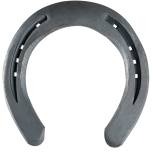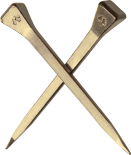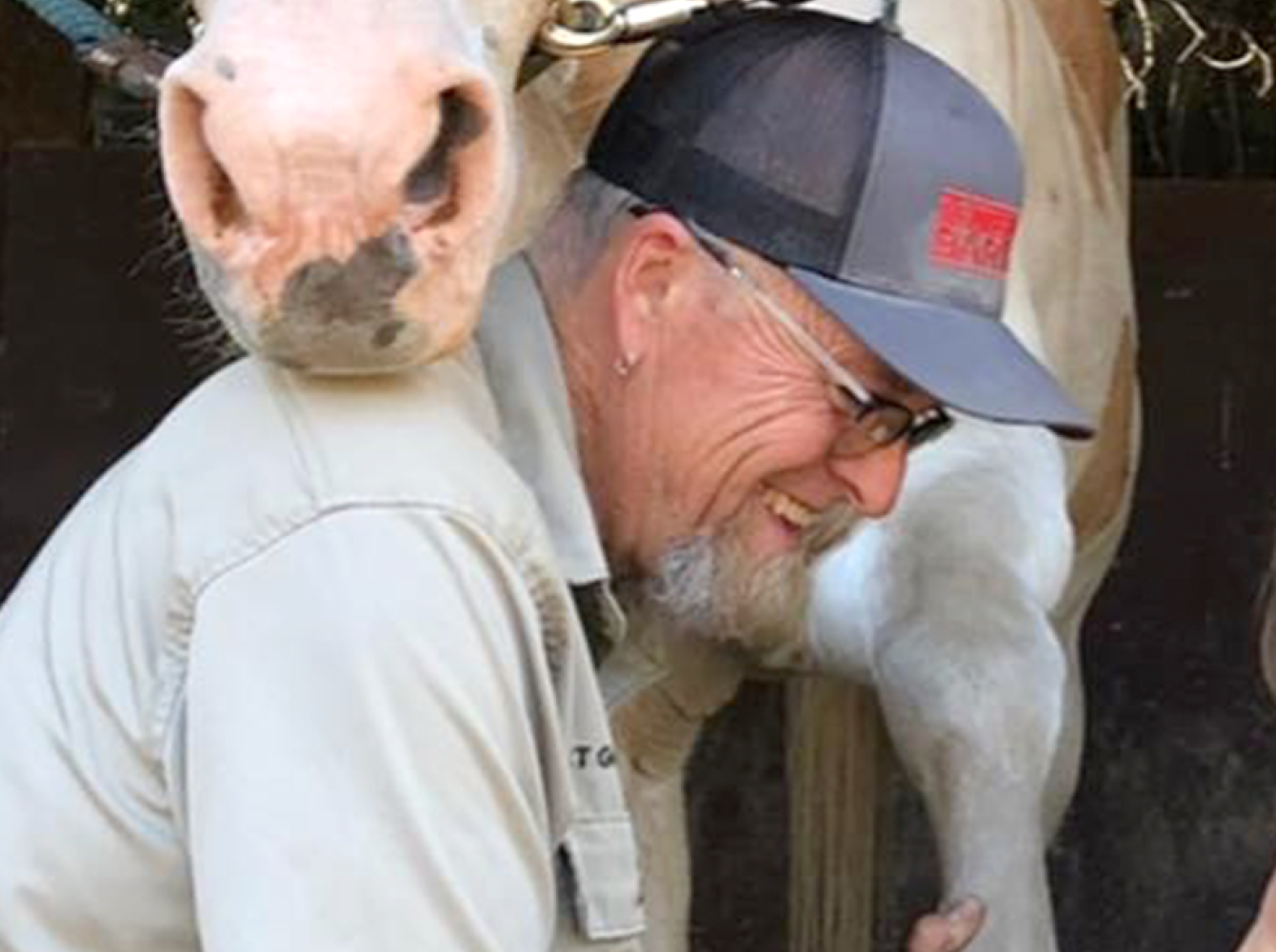
R.T. Goodrich, CJF
“The victories are very gratifying, and the failures hurt. They really do.” R.T. Goodrich has squeezed eight careers into his life so far. Being a farrier is his longest, and his favorite.
A horseman from the start
At the age of six, R.T. begged for riding lessons. His parents promised if they ever left Seattle, they’d get him a horse.
Sure enough, four years later, the family relocated to East Wenatchee, Washington, and before they’d even unpacked, R.T. reminded them of their promise.
R.T. got his horse. It was the first horse they looked at, a four-year-old Arabian. “This horse was goofy,” says R.T., “but I was afraid my parents would change their mind.”
From that moment on, R.T.’s passion for horses (and his parents’ reluctant support) shaped a larger-than-life career.
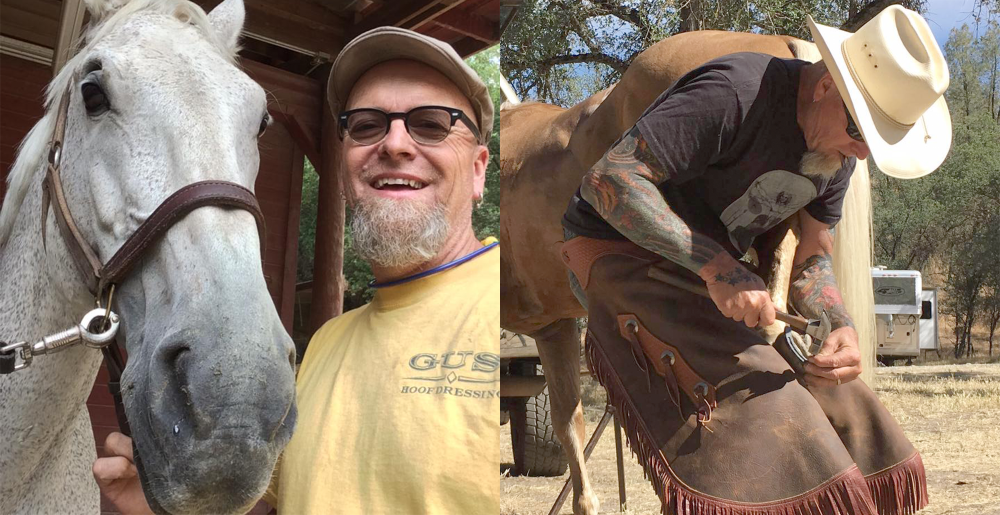
That horse was a challenge, but she literally taught me how to ride.
Roadblocks and detours
By sixteen, R.T. was working for a large animal vet who’d put himself through school shoeing horses. R.T. was fascinated. He asked constantly for farriery lessons.
The vet refused. He told R.T. to go to vet school instead. ”Use your brains not your back,” he said.
When R.T. 's parents similarly discouraged his desire to become a farrier (or a horse trainer or a blacksmith), he enrolled at Washington State University at Pullman instead and filled his schedule with pre-vet and animal science classes. He wasn’t interested in vet school, but he wanted to know as much about horses as he could.
Everything but horseshoeing
At school, it became clear R.T. had a range of skills and interests beyond just horses, and he explored them all.
“I honestly think I changed my major fourteen or fifteen times,” he says.
He joined the entertainment committee and helped book and promote concerts at Pullman, which led to a job as a booking agent and a talent manager—until he decided to start drumming for one of his bands instead of managing them.
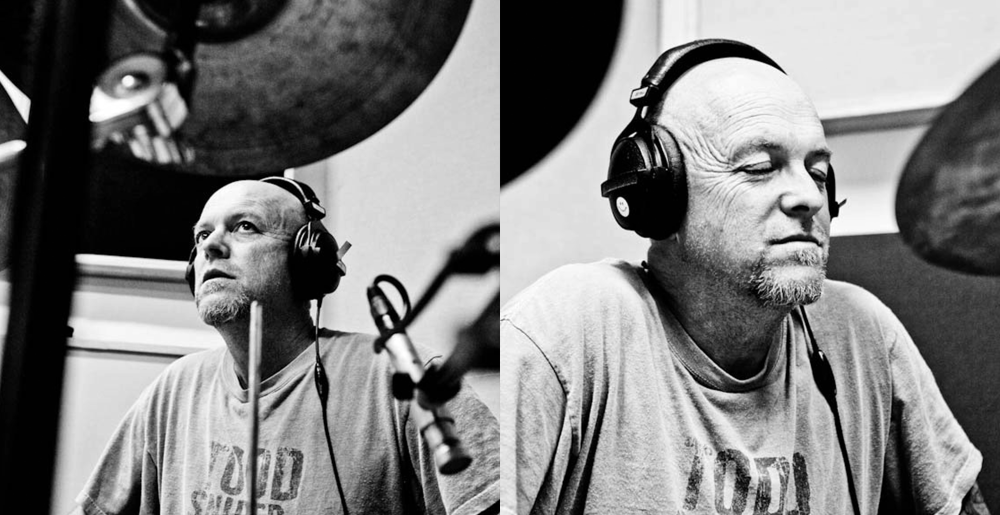
Playing with the band seemed like more fun than managing it. So I started playing drums.
Eventually, the band broke up, and R.T. launched into a series of entirely different career fields, thriving at each one.
By the time he was 30, he’d already worked as a journalist, a creative director at a cable television company, a car salesman, a music store owner, and a log home builder.
All along, his love for horses remained.
Finally, his grand finale began: Farriery
Then one day, R.T. spied a copy of Western Horseman in a coffee shop. He opened it up. “The very first thing I saw was an announcement that said, ‘Horseshoeing School starts every Monday,’” says R.T.
“I made a couple of phone calls and sold my Jeep, one of my horses, and a whole bunch of my music stuff. Two Mondays later I was in the Oklahoma Horseshoeing School.”
“Nobody thought I’d stick with it,” he admits, but it’s been more than thirty years since that day, and he’s still going strong.
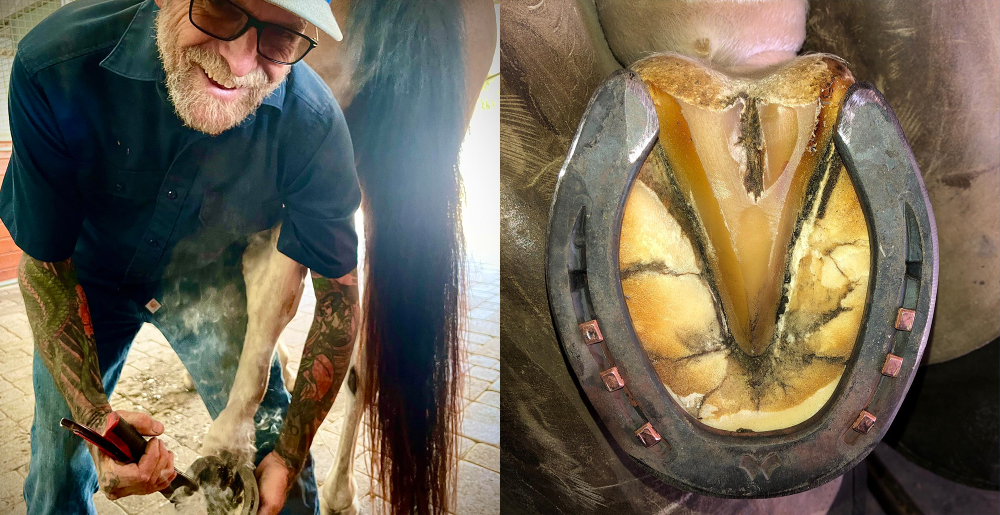
That first horse was a doozy, though.
His first client was an Arabian that nobody could get hind shoes on.
“It took me all day,” says R.T. “It was over 100 degrees. I sprung my brand-new nippers. And so, the second day at work, I raised my rates. I went to $40 a horse and $15 a trim. I became the highest-paid farrier in my valley for about a minute.”
After that, R.T. built a successful practice in eastern Washington with a lot of hard work and 50-mile drives.
“I'd leave in the dark and come home in the dark. But I really loved it,” says R.T. “I did it seven days a week (which I don't recommend).”
You have a finite number of horses in your body. And I tried to do them all.
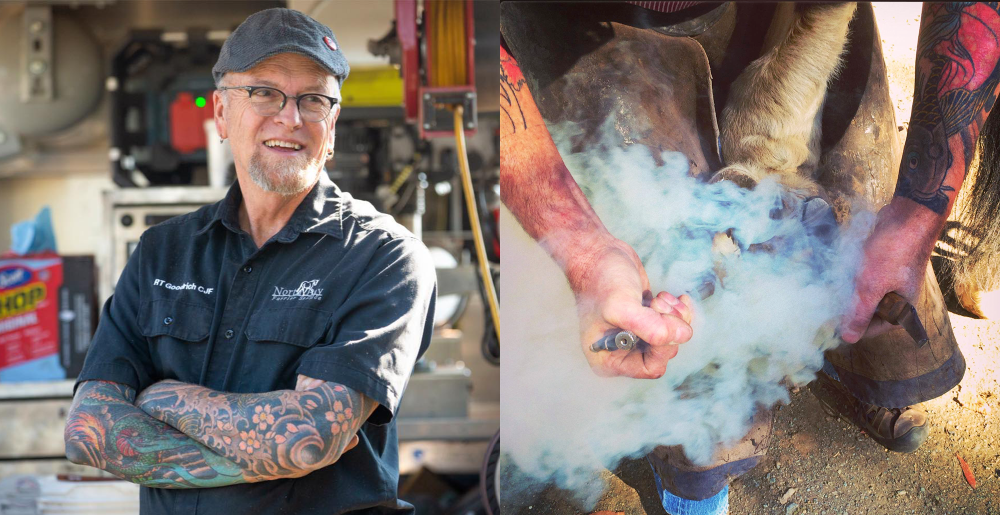
He especially loved the camaraderie.
R.T. appreciated how all the farriers in eastern Washington had each other's backs. If one farrier got injured, the rest would show up on Saturday at 11 o’clock at the Appleatchee Riders equine facility to serve that farrier’s clients.
“We'd have a barbecue going, and whoever was injured would be sitting in the shade. At the end of the afternoon, we’d hand him a check.”
A few years in, R.T. moved to Northern California to take over a practice from a friend and he’s been there ever since, building a reputation built on conscientiousness.
“If we're going to do something sort of outside of the norm,” he says, “it's our responsibility to follow up and make sure it's doing the job that we intended it to do.”
Now he’s passing on his wisdom to the next generation.
R.T. conveys this approach to his students at Santa Rosa Junior College. “I tell them this is not an exact science and horses can't tell us where it hurts. So you’ve just got to keep at it and figure it out.”
Which, actually, is pretty much how R.T. approached his career. He kept at it, searching for the work he’d love most, and he figured it out.
These days, the farrier who once worked seven days a week has cut back to five so he can spend time with his grandchildren. And he’s never really put down his drumsticks. In fact, his band Junk Parlor has recorded four albums, and he hopes you find a moment to enjoy them.
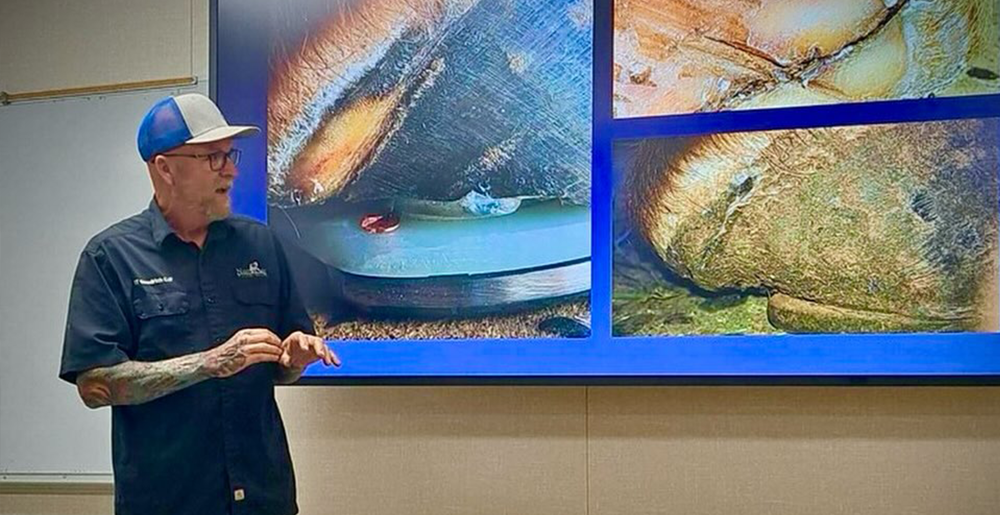
Q&A with R.T. Goodrich, CFJ
In addition to his practice, R.T. teaches at Santa Rosa Junior College and is helping to build even more advanced farriery coursework there. We asked him about the lessons he’s learned.
What advice do you give young farriers?
Set up a retirement plan for yourself today.
You teach a class on farriery to veterinary students. What’s the biggest takeaway from that?
It's an elective but everybody says, ‘Wow, we didn't know what we didn't know.’ I also explain how important it is to find a farrier that you can collaborate with.
Your wife Jessica is also a horse person and a business person. Tell us about her.
She owns a store called Marin Tack and Feed in Forest Knolls California. She started working there when she was ten years old when her mother owned it.
You’ve known Mustad rep Tim Shannon for some time. What’s he like?
Great guy, super smart, amazing energy. You can be in a bad mood and tired of your job and spend a few minutes with Tim and you're jacked up to go to work again.
And he's not going to blow smoke. He's gonna figure it out for you.
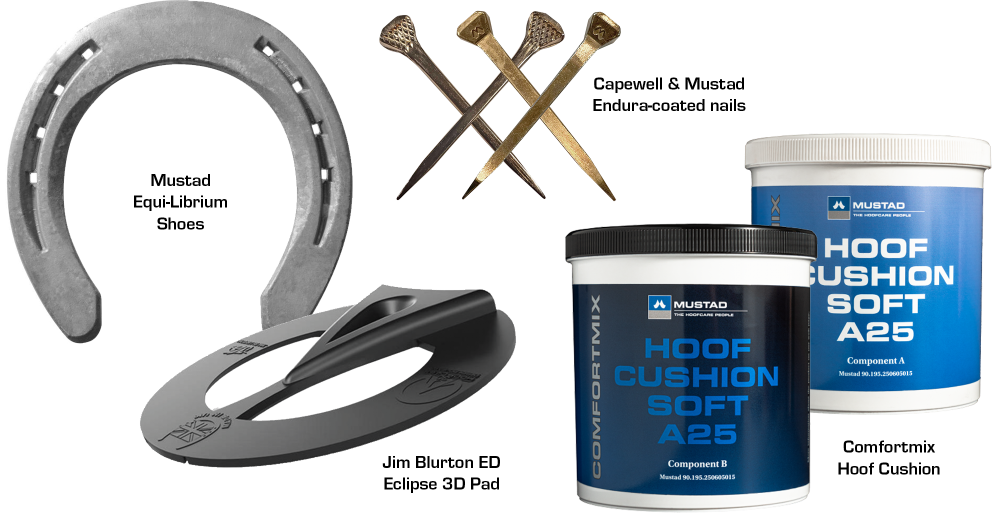
What Mustad products do you like?
My first call this morning was to an owner who wanted their horse to go barefoot. But her heels were wearing down. I put Mustad Equi-Libriums and a 3D wedge pad on the horse, and she trotted off. She looked fantastic.
I use a ton of Mustad’s dental impression material to keep that coffin bone stable. If you're working on a laminitis case, you don't want that real stiff putty on there, but you want some support for the back half of that foot. And you have three different options.
With Mustad’s 3D pads, I can get sort of a half-rim pad and a little bit of frog support. My veterinarians can still see the bottom of the foot. And I don't have to compromise what I believe by putting on a rim pad that they don't like.
I've always loved the Capewell's Endura Slim Blade 5s, and I started using the Mustad Endura nails. A lot of horses are sensitive to tapping. If you go in there and swing a big hammer, the horse is going to give you a hard time. A lot of people get frustrated and just grip with their knees and keep swinging. With the Enduras, they go in smooth.
